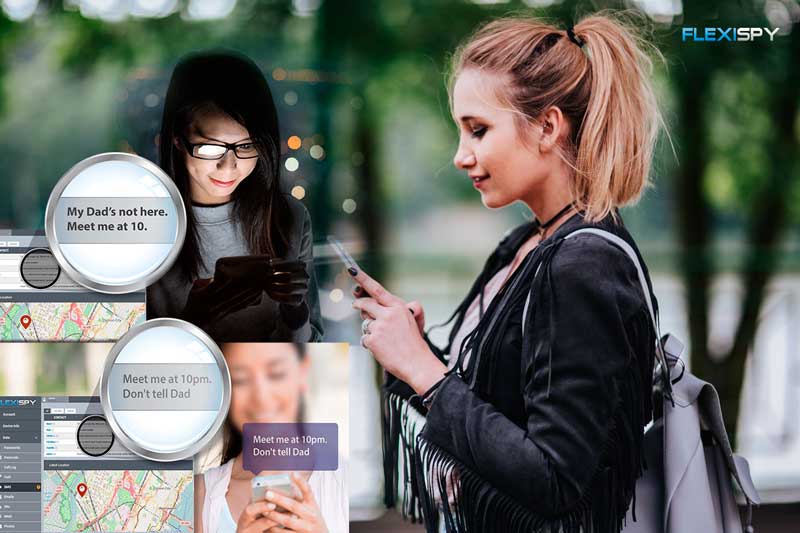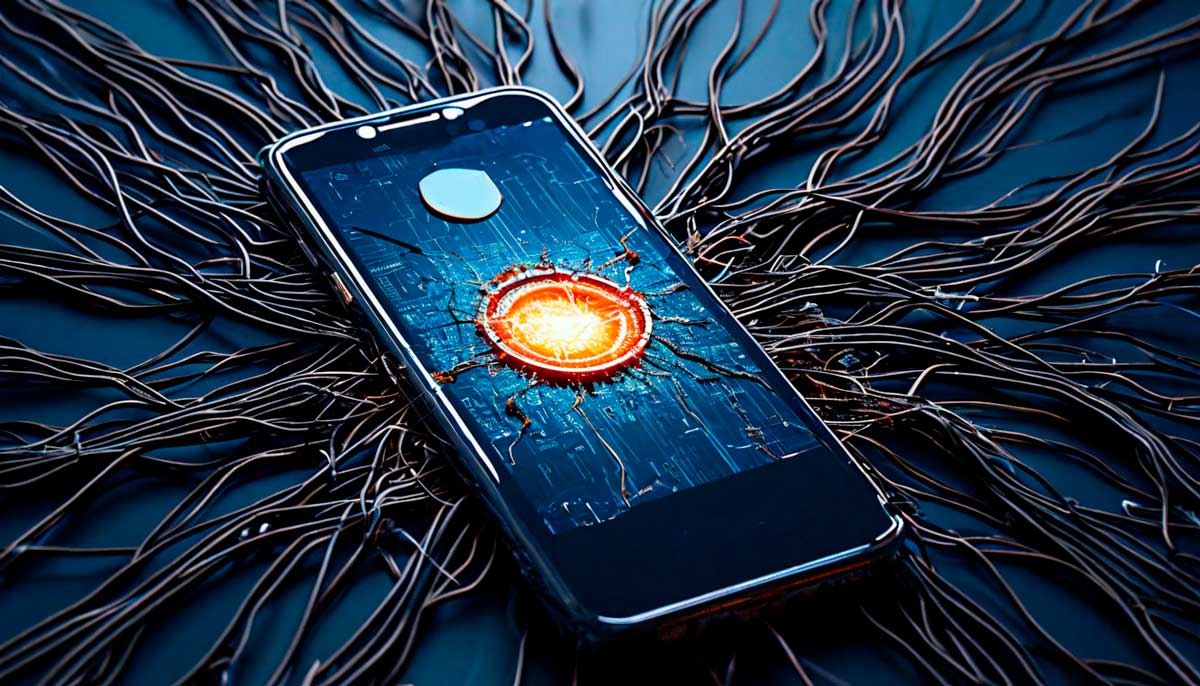In today’s hyper-connected world, smartphones have become essential tools for communication, productivity, and entertainment. With their sophisticated features, including high-resolution cameras, these devices are not only convenient but also vulnerable to cyberattacks. Phone camera hacking has emerged as a significant privacy threat, enabling malicious actors to invade personal spaces and misuse sensitive information.
How Hackers Target Phone Cameras
Hackers employ a variety of sophisticated techniques to exploit vulnerabilities in phone cameras.
One common method is through malware, which is often delivered via malicious links, fake apps, or compromised websites.
Once installed, this malware can grant hackers remote access to the camera, allowing them to record video, capture photos, or even stream live footage without the user’s knowledge.
- Phishing attacks, where users are tricked into clicking on fraudulent links or downloading harmful attachments, are another frequent approach.
- Additionally, software vulnerabilities in operating systems and third-party applications provide entry points for attackers.
- Hackers may also exploit poorly secured networks, such as public Wi-Fi, to infiltrate devices.
This section highlights these tactics, using real-world examples and statistics to demonstrate how prevalent and varied these attacks can be.
Signs That Your Phone Camera Might Be Hacked
Recognizing the signs of phone camera hacking is crucial to safeguarding your privacy.
One of the most common indicators is unusual battery drainage, as malicious apps often operate in the background, consuming power.
Similarly, unexpected spikes in data usage can signal that your camera is transmitting unauthorized photos or videos. Watch for strange behavior, such as your camera activating on its own or the LED light turning on without reason.
Other red flags include unfamiliar apps or permissions appearing on your phone, unexplained system slowdowns, or receiving alerts from security software about suspicious activity. By knowing these indicators, users can act promptly to address potential threats.
Hoverwatch – More Than Hacking Phone Cameras

Hoverwatch is marketed as a robust tool for parental control and employee monitoring, but its capabilities have raised ethical concerns due to frequent misuse for malicious purposes, such as hacking phone cameras.
This software grants users remote access to a device’s camera, enabling them to secretly capture photos or videos without the target’s knowledge. While Hoverwatch includes legitimate features like GPS tracking, call recording, and text message monitoring, its potential for abuse has made it a focal point in discussions about privacy and surveillance.
Installing Hoverwatch is quick and straightforward. After purchasing the app, you can deploy it onto the target phone in just a few minutes.
Once set up, the app operates invisibly, ensuring that the user remains unaware of its presence. From that point forward, there’s no need to physically access the phone again. Through the Hoverwatch dashboard, you can remotely monitor all device activity, including accessing the camera, from any internet-connected device.
This dual functionality—being both a parental monitoring tool and a potential privacy violator—illustrates the fine line Hoverwatch walks. For example, in legal contexts, Hoverwatch has been used by concerned parents to track their children’s activities or by employers to monitor company-owned devices. Conversely, it has also been exploited for spying on unsuspecting individuals, breaching their trust and privacy.
You can effectively hack their phone camera from another phone remotely – after installation.
Impressive right?
It’s very simple really but I haven’t covered everything on Hoverwatch so if you want to know more I have a Full Hoverwatch Review:
Using FlexiSPY for Cell Phone Camera Hacking
FlexiSPY is one of the most advanced surveillance tools available, offering capabilities that extend beyond typical monitoring software. While marketed for legitimate uses such as parental control and employee monitoring, it is frequently misused for hacking phone cameras, raising significant ethical and legal concerns.
[su_row][su_column size=”1/3″ center=”no” class=””]
Advanced Camera Hacking Features
FlexiSPY allows users to remotely activate a phone’s camera, capturing images or videos without the target’s knowledge. This feature is paired with stealth mode, which ensures the software operates invisibly, making it nearly impossible for the device owner to detect. Beyond camera activation, FlexiSPY provides access to the phone’s camera roll and gallery, enabling users to view all photos and videos taken with the device, as well as those received or sent via messaging apps.
[/su_column] [su_column size=”1/3″ center=”no” class=””]
Other Surveillance Tools
What sets FlexiSPY apart is its ability to record and listen in on live phone calls—an advanced feature rare among spy apps. While this capability adds value, it also explains FlexiSPY’s higher price point compared to competitors like mSpy. However, for camera hacking purposes, FlexiSPY performs similarly to mSpy, making its higher cost less justifiable for those focused solely on this feature.
[/su_column] [su_column size=”1/3″ center=”no” class=””]
Social Media Monitoring and Limitations
FlexiSPY also enables access to social media platforms like WhatsApp, Facebook, and Instagram. However, its range is more limited compared to competitors, as it does not support Snapchat, which is often a priority for users looking to track shared photos. This limitation might make other options more appealing for comprehensive social media surveillance.
[/su_column][/su_row]
Ethical and Legal Concerns
The use of FlexiSPY for unauthorized surveillance, including hacking phone cameras, breaches privacy laws in most jurisdictions. Real-world cases have shown how tools like FlexiSPY can be exploited for stalking or illegal surveillance, leading to serious legal consequences for users. While the software has legitimate applications, its misuse highlights the thin line between protecting and violating privacy.
Comparing FlexiSPY to Hoverwatch
Compared to Hoverwatch, FlexiSPY offers more advanced features like live call recording but comes at a higher price. Both tools share the ability to access phone cameras and galleries, yet FlexiSPY’s broader range of tools might appeal to users seeking advanced surveillance capabilities.
FlexiSPY demonstrates how powerful monitoring software can be, but its misuse poses a significant threat to privacy and security. Understanding its capabilities and limitations helps illuminate the broader implications of such tools in the digital age.
How to Protect Your Phone Camera from Hackers
In today’s digital age, protecting your phone camera from hackers isn’t just a precaution—it’s a necessity.
Follow these steps to safeguard your device and maintain your privacy.
- Keep Your Device and Apps Updated
Regularly updating your phone’s operating system and apps is your first line of defense. Updates often include security patches that fix vulnerabilities hackers may exploit. - Manage App Permissions
Periodically review which apps have access to your camera. Disable unnecessary permissions to minimize the risk of unauthorized use. - Download Apps from Trusted Sources
Only install apps from official app stores, such as Google Play or the Apple App Store. Third-party platforms may distribute software containing malicious code that compromises your security. - Beware of Suspicious Links
Avoid clicking on unknown links or downloading attachments from unverified sources. Phishing attacks are a common method hackers use to infiltrate devices. - Use Reliable Antivirus Software
Install reputable antivirus software on your device. This will help detect and block malware that could potentially access your camera. - Physical Camera Covers
For added protection, consider using camera covers or stickers to physically block the lens when it’s not in use. This simple step ensures no one can activate your camera without your knowledge. - Secure Your Network Connection
When using public Wi-Fi, always connect through a VPN. This encrypts your data and reduces the risk of interception by hackers. - Pay Attention to Unusual Device Behavior
If your phone starts acting strangely—such as overheating, making unexpected noises, or activating the camera flash on its own—it may indicate a security breach. Disconnect from networks, scan for malware, and seek professional help if necessary.
Protecting your phone camera doesn’t have to be complicated. By adopting these simple yet effective measures, you can significantly reduce the risk of hacking attempts.
Make security a priority—your privacy and peace of mind are worth it!
What to Do If You Suspect Your Camera Has Been Hacked
If you suspect your phone camera has been hacked, act immediately to protect your privacy and secure your device.
- Begin by disconnecting from the internet to stop any ongoing data transmission.
- Check your device for unfamiliar apps, especially those with access to your camera, and uninstall anything suspicious.
- Run a full security scan using trusted antivirus or antimalware software to identify and remove malicious files.
- Review your app permissions and revoke camera access for apps that don’t require it.
- Change all passwords for your accounts, prioritizing those connected to your device or sensitive data.
- If issues persist, perform a factory reset to eliminate hidden malware, but back up your important data first.
Seek professional help if you’re unsure about any step, or contact authorities if the breach involves personal or sensitive data. Lastly, educate yourself on prevention measures to avoid future compromises and restore your device’s security.
The Future of Phone Camera Security
The future of phone camera security will be shaped by advancements in technology and the increasing sophistication of cyber threats. Manufacturers are already developing hardware-based protections, such as dedicated camera shutters and LED indicators that cannot be disabled by software.
Artificial intelligence is also expected to play a pivotal role, enabling devices to detect suspicious behaviors or unauthorized camera usage in real-time.
Enhanced operating system controls, such as granular permissions and notifications for camera access, will continue to improve user awareness and oversight.
However, as hacking techniques evolve, attackers may exploit new vulnerabilities, such as AI manipulation or IoT-connected devices.
Conclusion: Staying Safe in a Connected World
Phone camera hacking is a pressing concern in today’s interconnected world, but awareness and proactive steps can significantly reduce your risk.
By understanding how hackers operate, recognizing warning signs, and adopting effective security practices, you can protect your privacy and personal data. Tools like Hoverwatch and FlexiSPY, while powerful, highlight the ethical challenges of surveillance technology, emphasizing the need for both caution and accountability.
The future of phone camera security holds promise, with innovations aimed at making devices more secure. However, staying informed and vigilant remains the most effective defense.
Safeguarding your phone camera is not just about protecting your device—it’s about preserving your privacy in an increasingly digital age. Take the steps outlined in this guide, share your knowledge, and contribute to creating a safer connected world.















Important topic! With increasing concerns about digital privacy, it’s crucial to understand how phone cameras can be hacked and how to prevent it. Do you have recommendations for the best security measures to protect against unauthorized access?